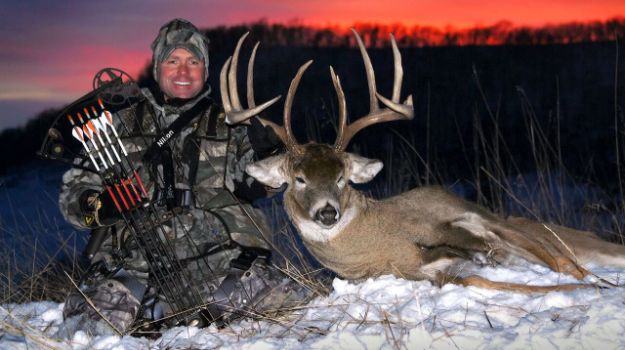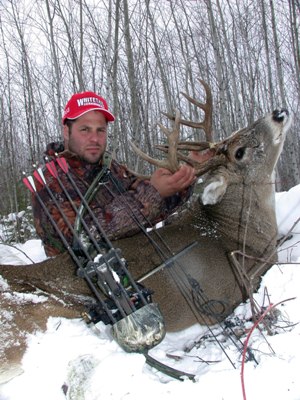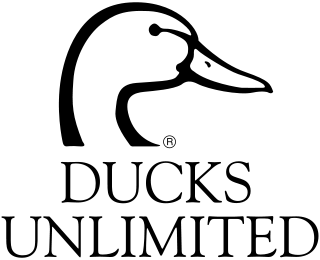Late Season Northern Midwest Deer Hunting with Pat Reeve

Editor’s Note: Pat Reeve of southeastern Minnesota has been a Mossy Oak pro for almost a decade. His TV show that also features his wife is “Driven TV” on the Outdoor Channel. Reeve has been involved in outdoors television production for 25 years. Pat and Nicole hunt deer all across the U.S. and Canada.
I love to hunt late in deer season and especially during the winter months, because that’s the type of weather in which I grew up hunting. Too, Nicole and I hunt quite a bit in Canada where during most of the hunting season, we have extreme weather. Some of the reasons I like to hunt northern deer are because generally they have bigger bodies and often bigger racks than deer further south in the U.S. These northern deer  must endure winter snows and very cold temperatures, so naturally their bodies must be structured differently from southern whitetails. Too, northern deer have different colored antlers from southern deer, since in Canada the deer’s racks may be chocolate colored. If our section of the northern U.S. doesn’t get an early spring, the whitetail’s antlers often will be shorter, without long tines and big racks, since they don’t have as long to grow. Also during a hard winter in the northern U.S., the buck’s fat that he’s put on earlier in the season to protect him from the harsh weather will be depleted, and often the does’s embryos will be absorbed. So, Minnesota won’t have a good fawn crop during really severe weather. The following year, there will be an imbalance in our deer herd.
must endure winter snows and very cold temperatures, so naturally their bodies must be structured differently from southern whitetails. Too, northern deer have different colored antlers from southern deer, since in Canada the deer’s racks may be chocolate colored. If our section of the northern U.S. doesn’t get an early spring, the whitetail’s antlers often will be shorter, without long tines and big racks, since they don’t have as long to grow. Also during a hard winter in the northern U.S., the buck’s fat that he’s put on earlier in the season to protect him from the harsh weather will be depleted, and often the does’s embryos will be absorbed. So, Minnesota won’t have a good fawn crop during really severe weather. The following year, there will be an imbalance in our deer herd.
One of the advantages we have in the North of hunting late-season bucks is that the deer will be easier to pattern than at any other time during the hunting season. A buck is forced to get up and feed more often in cold weather. Also in the late season up North, the bucks will be in post rut, which also requires that he rebuild his body by eating as much nutrition as possible.
Our region in the northern Midwest also has a second rut that generally occurs from about December 12-16 each year. Where deer find food sources are the places I target to hunt in the late season, due to the deer’s food sources being in short supply. Too, the deer aren’t wanting to expend as much energy, and therefore will bed closer to the food source. They also don’t want to be spotted during daylight hours, which makes afternoon hunting more productive. However, if the bucks are bedding close to their food source, getting into your stand site without spooking the bucks you want to take can be a major problem.
Tomorrow: Taking Care of Your Equipment in Extreme Cold Weather



























